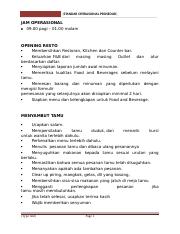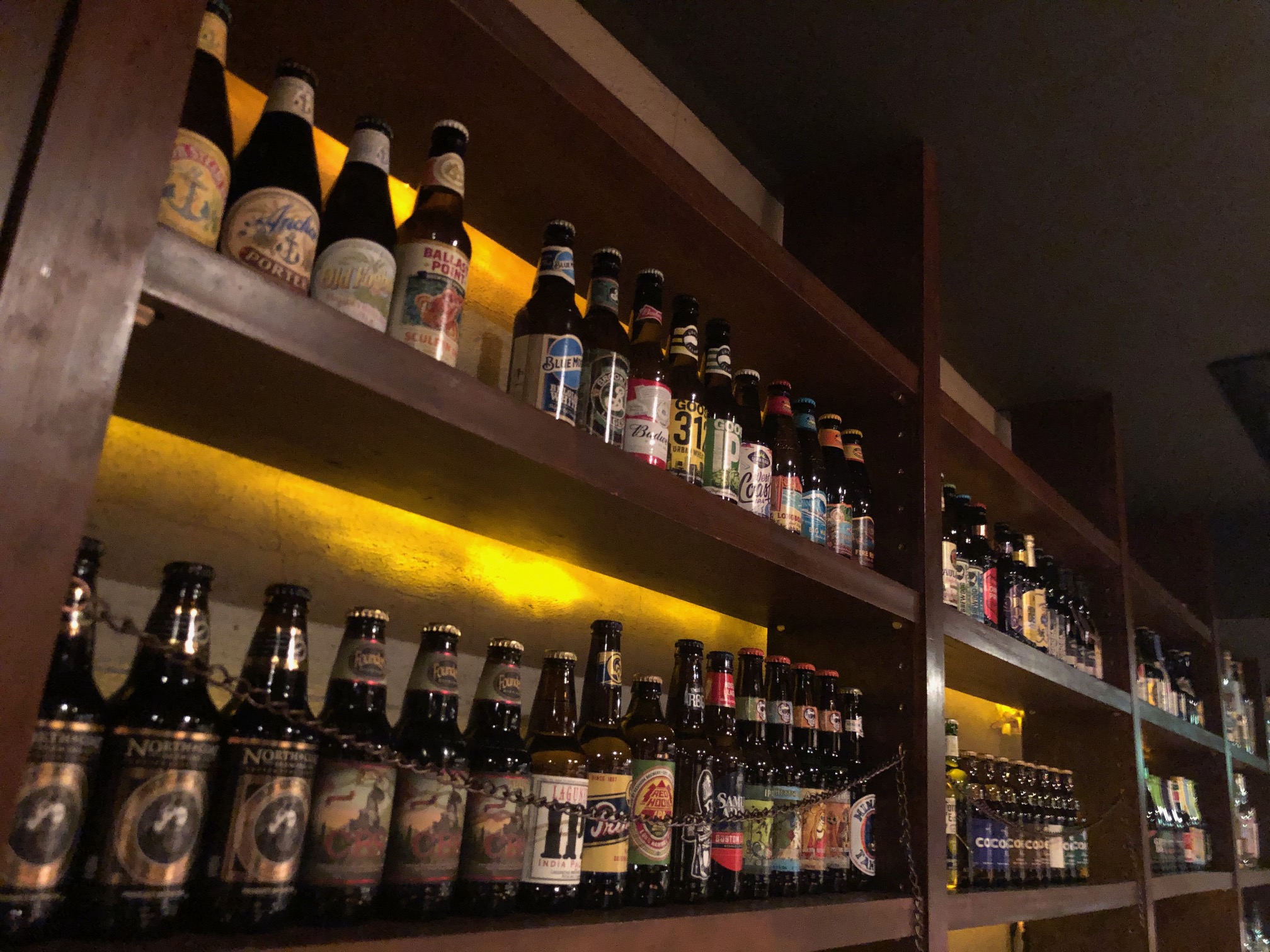- As a Bartender, you will be able to create classic and innovative drinks exceeding customers’ needs and expectations. You will be responsible for maintaining liquor controls for our guests. Welcoming customers, reading and listening to people to determine beverage preferences, making recommendations, and taking drink orders.
- Bar Opening & Closing Checklist. We’re big believers in the power of checklists. Here’s a handy bar opening and closing checklist to make things easy. Customize the list of duties to suit your bar, print 50 copies and get that process pumping!
- Sticking to standardized recipes, standard liquor pours, and standard wine pours can lower pour costs, improve liquor inventory control, make your bar remarkably profitable. Knowing how to pour is an important part of any bartender's duties and one of the bartending basics. Below, read all about what a standard liquor pour is—in rocks pours, using jiggers, pouring shots, and when making.
| 🔍 > Lean Terms Directory >Get a 152 Page Sample of our Extended Reference Guide |
This SOP is just here for any greytide having second thoughts the Librarian to print up when there's nothing left: Lawyers, the Chaplain, the Librarian, the Janitor, the Bartender, Cooks, Botanists, the Mime, and the Clown. Different Situations Evacuation.
SOPs are instructions that describe how to behave in a particular situation. SOP stands for standard operating procedure, or, alternatively, standing operating procedure though the latter term is falling out of use. Both are generally used interchangeably.
An SOP should be documented. Informal SOPs exist but, more often than not, are ineffective. Standard operating procedures are commonly used to define business processes, but can be used for virtually anything requiring instructions.
The primary benefit of an SOP is to document steps. This is helpful…
- When sharing information with others, especially for training purposes
- To protect a company from losing corporate knowledge when people depart
- As a reference guide for a task that is not performed frequently enough to commit to memory
SOPs come in a variety of formats. Some may be as simple as a picture that describes where to put things on a tow truck, or they can be a multi-page manual that lays out the steps for performing a surgical procedure or preparing a plane for a flight.
Work instructions and Standard Work are specialized forms of SOPs. Company policies are generally not considered SOPs, since they are more guidelines of behavior than specific step-by-step instructions.

SOPs can be broad, affecting an entire industry or company, or can be focused on one specific process in a small office. The level of detail varies widely, with more complicated, dangerous, or important procedures having the highest detail.
Sop Waiter Bahasa Indonesia
One of the common knocks on SOPs is that they can be perceived as being overly restrictive and are thought to reduce flexibility and creativity in the workplace. This is most common in office jobs that require imagination, such as engineering or writing advertising copy. Standard operating procedures can be a barrier to innovation and initiative if they are done poorly, but properly developed SOPs do not present the same obstacles.
If flexibility is required, build that into your SOP. Put decision points into a flowchart to let employees have greater leeway in making decisions, but be clear about that leeway and the criteria. And be sure to make an SOP review process so people know that they can have a say in revising the documentation. If the process is able to change without an extreme amount of work, people will feel less trapped by it.

Sop Waiter
In a Lean organization, standardization and structure is critical, but remember that situations change. You may create a great process today, but a change in customer behavior will make it obsolete tomorrow. Make changes to an SOP easy but controlled.
IMPORTANT TIP: communicate any changes to all the people who use or rely on the SOP. Make sure that SOPs have revision dates on them, so people know which one is the most current.
Words of Warning About SOPs
- Don’t make SOPs just for the sake of documenting everything, but don’t skimp on them either.
- Make sure to match the level of detail to the requirements. The more important the process is, the more detail is generally required.
- Keep standard operating procedures current. Out of date SOPs lose credibility and are not used. And if they are, by some chance used, they often create problems.

Make sure that SOPs are followed. Accomplishing this may require audits. But keep this in mind: if people complain about the SOPs or tend to not follow them, it is normally a sign that the process has major flaws. Require adherence but change the SOP quickly if it is wrong.
Key Points About SOPs
- Standard Work and work instructions are specialized forms of SOPs.
- “Standard Operating Procedure” is a general term. There is no standard definition of what it is or what format it should be in.
- SOPs are often the only documented record of how work is done. They can protect companies from losing valuable corporate knowledge when an employee departs. This also keeps the remaining employees from struggling to relearn the tasks.
